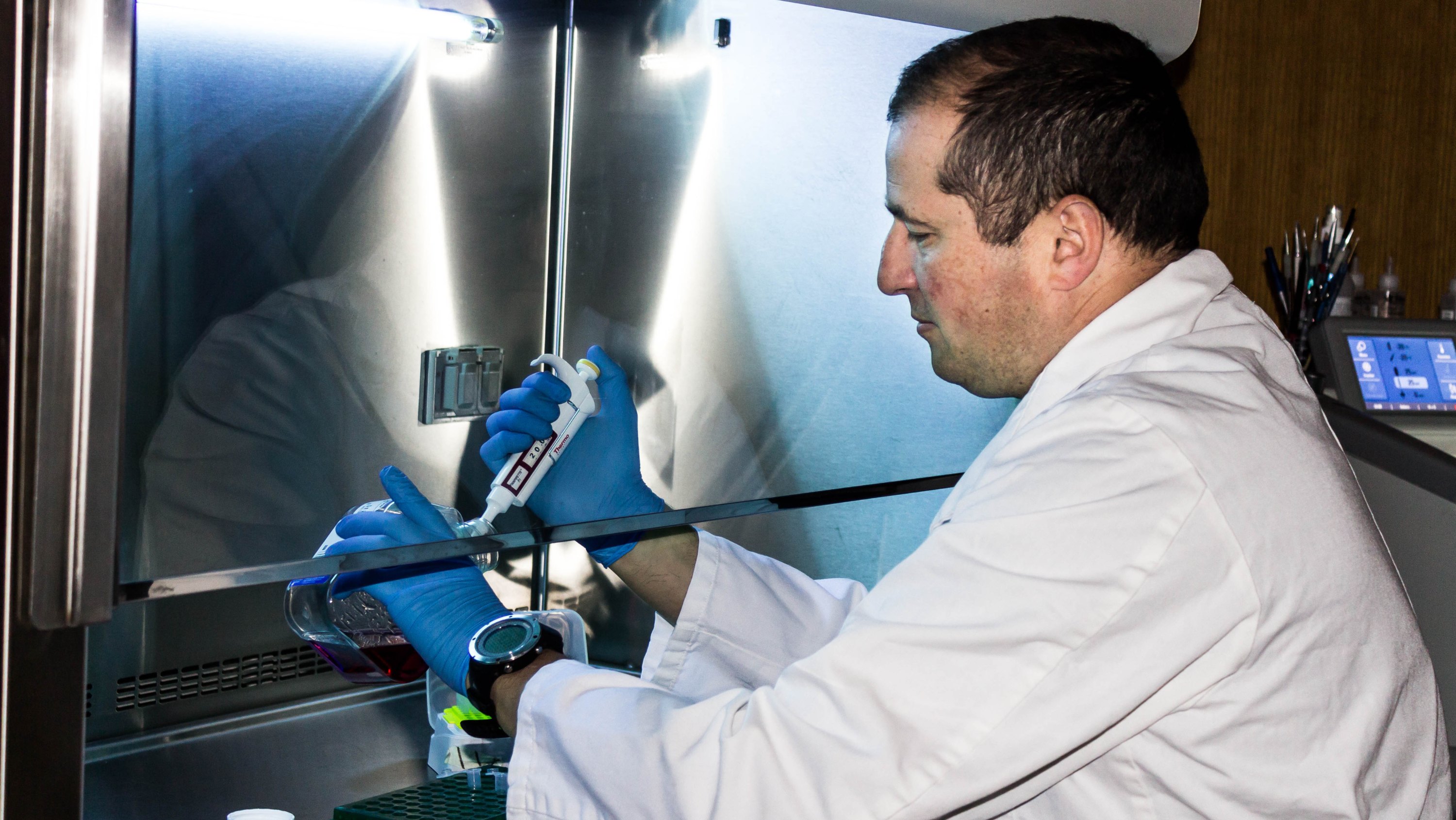When Karim Fouad started his career with the University of Alberta’s Faculty of Rehabilitation Medicine looking for a way to heal spinal cord injuries, he remembers the enthusiasm that rippled through his discipline as prospects for better treatments began to show real promise.
“Spinal cord researchers thought they had found the reason the nerve cells don't regrow in the spinal cord, but it turned out there was more than one reason, there were three, then four,” said Fouad, who holds the Canada Research Chair in Spinal Cord Injury.
“A successful treatment for a spinal cord injury cannot be one thing.”
This sentiment about approaches to rehabilitating spinal cord injuries is at the heart of a new $24-million research grant from Canada’s New Frontiers in Research Fund 2020 Transformation competition.
Accompanying Fouad on the 32-member team, named Mend the Gap, are researchers, engineers and surgeons from Canada, the United States, Europe and Australia. In Canada, the network includes the University of British Columbia, ICORD, University of Western Ontario, McGill University and University of Toronto.
It was in the early 2000s that Fouad began his pioneering research into combining multiple treatments for spinal cord injury.
He explained a severed nerve is a little bit like an earthworm that’s been cut in half.
“The side with a head will survive, while the tail side will die and degenerate. Nerves are the same. If you cut the neurons, from wherever you cut them, they have to grow all the way back.”
For neurons to grow in a way that they aid in recovery, the gap in the spinal cord caused by the accident needs to be closed. For this, his team experimented with cell grafts along the lesion to form a bridge.
Where Fouad used cell grafts and solid material to bridge the lesion, which created risk of injury to remaining nerve fibres, this new project will be exploring biomaterials.
The biomaterials in question take the form of minimally invasive soft gels that are compatible with other systems and structures in the body. They are simply injected into the site of the injury to serve as a bridge for growing nerve fibres.
Fouad explained the soft gel will also contain tiny magnetic rods that are aligned using an external magnet to essentially create guide rails that support the nerve fibre growth.
The gel, which is designed to harden in place, could also control the stable release of drugs.
“They come up with our bioengineering ideas that have not been tested, and that's where I come in — from the biomedical engineering bench top to a combined treatment,” he said.
Fouad, who is also a member of the U of A's Neuroscience and Mental Health Institute, added the grant brings together a group of experts that can pursue this collaborative approach as a team.
“It will be a dream to regenerate nerves all the way, but the greater likelihood is that rewiring below the injury will be sufficient to promote significant recovery.”
